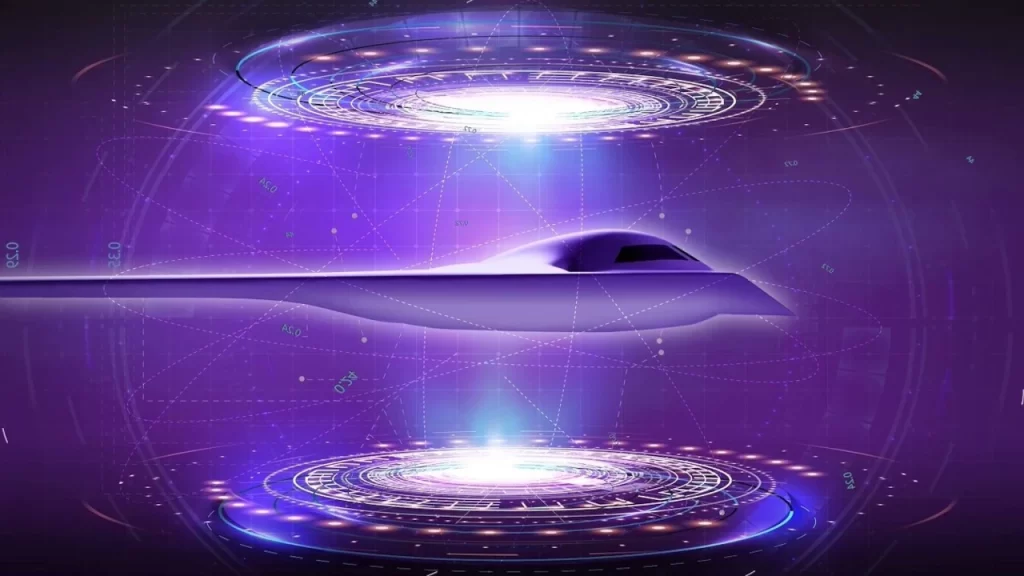On December 2nd, a B-21 bomber rolls out of the lobby of Plant 42 in Palmdale, California. It will be one of the six prototypes now in production. The construction of the seventh aircraft is now underway. The initial flight of the B-21 will occur the following year.
The B-21 will initially replace the Cold War-era B-1B Lancer supersonic bombers, followed by the B-2 and B-52 Stratofortress bombers. Eventually, the B-21 Raider would be the lone bomber in the USAF. This will result in substantial cost savings while enhancing the United States Air Force’s capabilities considerably.
According to a two-year-old report by the U.S. Government Accountability Office (GAO), the yearly operating and maintenance expenditures of a single B-2 in 2018 were $63 million, $25 million, and $24 million, respectively, for the B-52 and B-1 aircraft, respectively. On paper, the USAF operates 20 B-2s, 43 B-1s, and 73 B-52s now. This gives us an annual operational cost for the U.S. bomber force of $4.1 billion. At this price, more than 700 F-16 jets can be operated.
The Air Force Global Strike Command (AFGSC) of the United States Air Force aims to acquire at least 100 B-21s, escalating to 200 aircraft when the B-2 and B-52 are retired. The anticipated cost of creating, purchasing, and operating 100 aeroplanes for 30 years is $203 billion, or almost $2 billion for each aircraft.
The first sixth Generation Bomber
It will be the first sixth-generation aircraft with “next generation stealth technology, enhanced networking capabilities, and an open system architecture” geared to meet the USAF’s most complicated tasks.
The B-21’s stealth capabilities will allow it to operate within the range of opposing air defences. The B-21’s networking capabilities will enable high-speed, secure, and robust connection with other ground, sea, air, and space-based systems. By adhering to the tenets of “open architecture,” the B-21 will be regularly and easily enhanced over the coming decades, for instance, by integrating modern armament systems.
In contrast to aircraft of past generations, the B-21 will not undergo a block upgrade (so-called block, such as F-16 Block 70). New technologies, capacities, and weaponry will be easily integrated by means of iterative software updates and hardware adaptability. This will ensure the B-21 Raider can continue to counter evolving threats for decades.

During the development of the B-21, the corporation drew on its prior experience with the B-2 Spirit bomber, the YF-23 fighter demonstrator, the Tacit Blue stealth demonstrator, and the AGM-137 TSSAM (Tri-Service Standoff Attack Missile).
The B-21 Raider will become the backbone of the United States Air Force and bring about a new era of capability and flexibility by integrating data, sensors, and weapons at the highest level. The B-21 can carry both conventional and nuclear missiles and is capable of both direct and long-range strikes (when the aircraft’s sensors detect the target).
Northrop Grumman asserts that the bomber will play a crucial role in supporting the national deterrent strategy. In addition to its advanced long-range precision strike capabilities that will allow commanders to threaten any target anywhere in the world, it has also been designed as a central component of a larger family of systems that will provide intelligence, surveillance, and reconnaissance services, electronic attack, and multi-domain network capabilities. The B-21 will give crucial flexibility and deterrence for U.S. and ally security in a dynamic global security context.
Consequently, the B-21 cannot be considered an autonomous machine but a system composed of multiple platforms, sensors, and effectors operating in all five domains of combat (air, land, sea, space and cyberspace). The B-21 never embarks on a mission without manned or unmanned support aircraft.
The creation of the B-21 relies heavily on “digital engineering.” Including internal functional systems, a digital twin of the B-21 with identical physical characteristics was built. This allowed the B-21 to be tested in a digital environment, thereby avoiding errors, deficiencies, and “teething issues” that would typically only be discovered during real-world testing.
This technique enabled the construction of a serial bomber prototype for the B-21, as opposed to a technology demonstrator, as was typical for past significant USAF programmes (including the F-35; X-32 vs X-35). This saves a great deal of money and time and provides a significant strategic advantage – the Americans are aware of this if they wish to defeat China. The United States must significantly expedite the adoption of new military capabilities. It can no longer afford the luxury of practically developing a new aircraft for 20 years, as it did with the F-35.
Similarly, utilising cloud technologies, the digital twin and the digital environment designed for the B-21 will simplify operation, maintenance, and operational infrastructure demands. The significance of sustainable operation is comparable to the development of stealth. The objective is not only cheap operating expenses but also foreseeable maintenance demands. This is the only way to retain the fleet’s high deployability without lengthy service interruptions.
More than 8,000 people from Northrop Grumman, industry partners and the USAF work on the B-21. Four hundred suppliers from 40 U.S. states produce aircraft components.
The B-21 Raider is named after the Doolittle Raid of World War II, in which 80 airmen headed by Lt. Col. James “Jimmy” Doolittle and 16 B-25 Mitchell medium bombers embarked on a mission that altered the direction of the war. The actions of these eighty volunteers were crucial to change the situation in the Pacific. This attack fueled future breakthroughs in American land- and sea-based aviation superiority. The bravery of the Doolittle Raiders inspired the name of the B-21 Raider aircraft.
